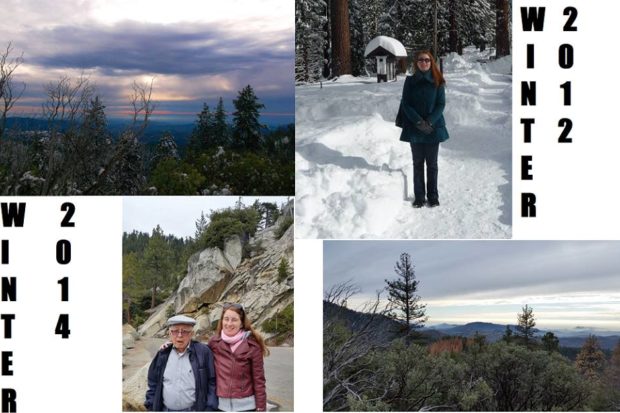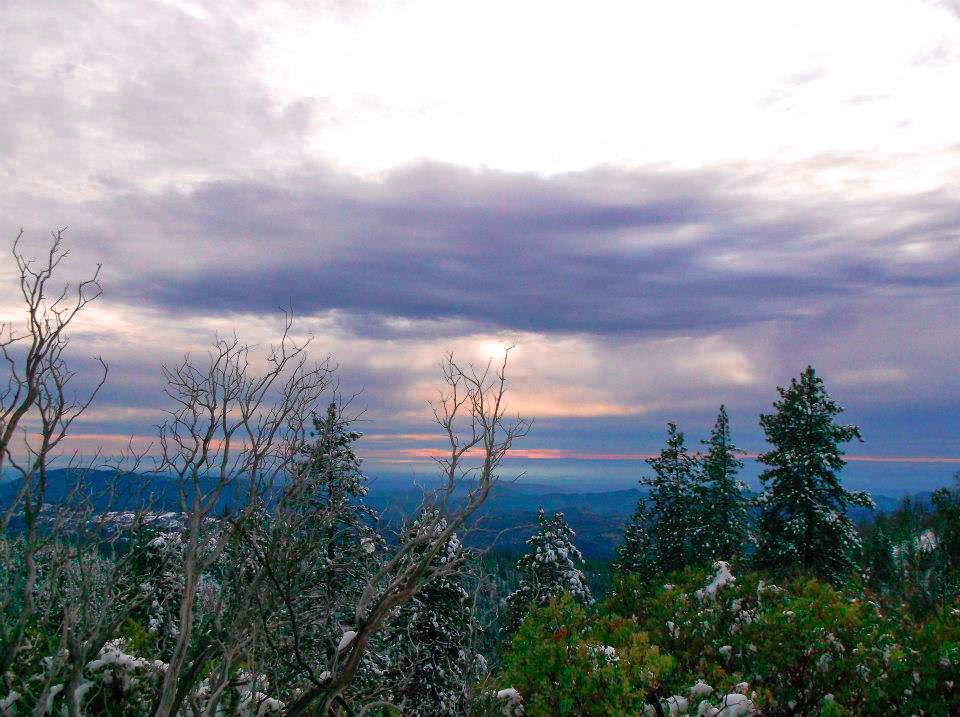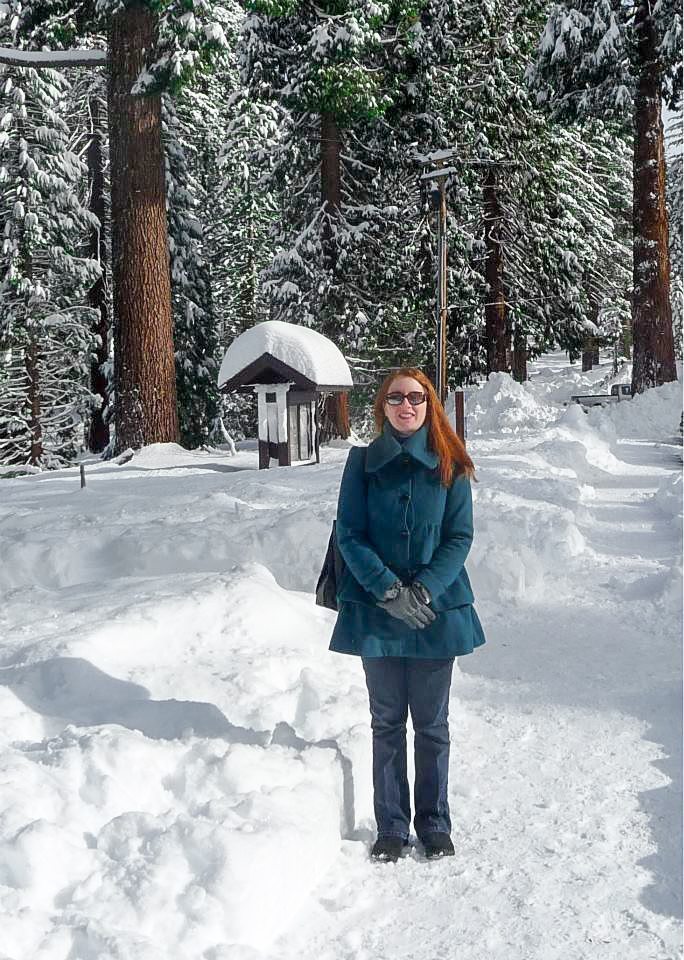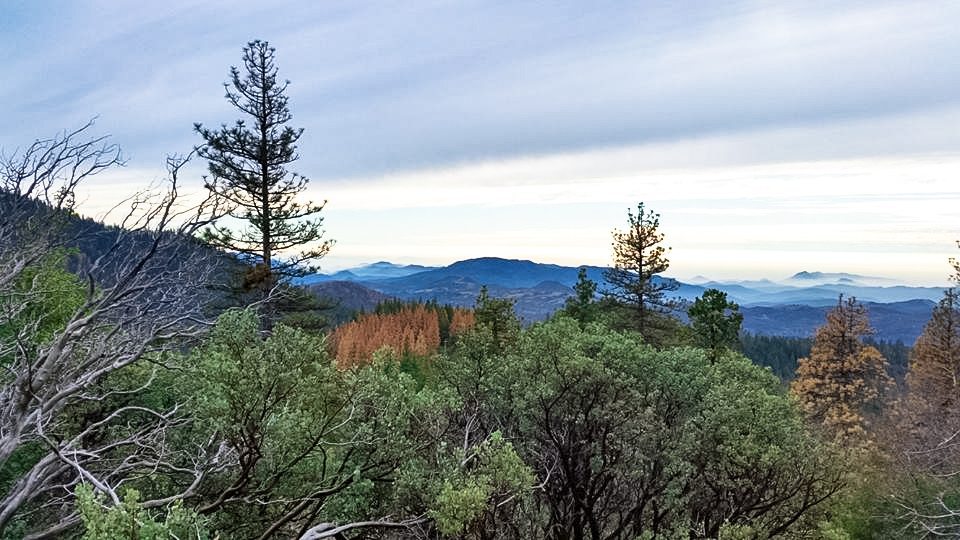
By Hannah Brandt
This former history teacher is slow to jump on the “world is going to hell in a handbasket” bandwagon. The historian’s tendency is to reflect upon other periods of collective hardship, not only within a lifetime but also decades and even centuries earlier. Hearing my grandparents’ harrowing Dust Bowl stories from the Great Depression, for example, keeps things in perspective. Their already-poor families lost everything, and my grandmother spent most of her childhood subsisting on porridge.
Rarely do any societal problems emerge brand new, as humans tend to make the same mistakes over and over in new fashion. Injustice today looks remarkably like injustice yesterday. Though that screams for immediate, massive reform, it does not mean the situation is getting worse, only not better. The last several years of deep recession have been a test of this philosophy, however, not only through my personal struggle with severe long-term underemployment but also because income inequality has actually grown and hate crimes have increased.
Akin to the very real descent into poverty many have of us experienced, the destructive effects of climate change are unfolding right before our eyes in Central California. Our battles over access to water for human consumption are understandably front and center locally and nationally, but the environmental effects of massive drought on our wildlife have gotten less attention.

I certainly noticed the ravages when I visited Sequoia National Park. Going to the exact same spots of the park that I did in 2012, then looking at my photos side-by-side was striking. Where two years ago there were lush, green carpets dusted with snow now columns of reddish brown, shriveled-up leaves and bare trunks stretch as far as the eye can see. For the height of winter, there was painfully little snow for that high elevation. In 2010, I saw almost as much leftover snow on the ground in the summer!
Ever curious, I set out to investigate the problem. According to scientists, these grand organic pillars are not in danger of being completely wiped out tomorrow, but if our severe drought continues as experts predict, a decade or more of megadrought could leave the Sierra Nevada without its giant sequoias, pines and redwoods. Given that this mountain range is the only place on Earth where the sequoia exists, to lose them would be a major blow to global natural history, our regional ecology and even tourism. These grand specimens are up to 4,000 years old. General Sherman, the largest known sequoia, attracts tourists from around the world.

Of course, the lack of moisture brought on by higher temperatures and lack of rainfall is to blame for the deterioration of the beloved foliage. Every summer, we lose many high elevation trees to forest fires, which have increased in frequency and severity with the rise in temperatures. It is not only the water deficiency itself that destroys the groves, but drought also establishes optimal conditions for parasitic insects and invasive fungi.
While typically their populations do not grow so powerful as to wreck havoc on other species, recent shorter cold seasons and longer warm seasons have allowed the Western pine beetle, one of a host of bark beetles, to have increased life spans and become a true menace. That is devastating for the redwoods, bristlecone pines and sequoias the beetle feasts on in the Sierra Nevada.
While generally resilient to harsh conditions, the bristlecone pine is vulnerable to bark beetles. Once infected, there is no way to reverse the damage. In addition to invasive insect species, a destructive non-native fungus called blister rust has flourished under the reign of the drought. Although it does not affect sequoias, it is another concern for pines.
Scientists have planted seedlings in a variety of locations, differing by elevation, soil content and rainfall, in hopes of maintaining the genetic diversity of the endangered trees. Seeds from trees believed to be resistant to blister rust are being grown in labs and inoculated with the disease to encourage immunity. These will be planted among older trees to hopefully preserve the species.
Even the almighty sequoia is not infallible. Although these arboreal wonders have endured for millennia, a 2012 study documenting the worldwide die-off of centuries-old trees does not bode well. Similarly, the reports that this megadrought is projected to be worse than any in recorded history could mean the eventual demise of the seemingly immortal.
Central California has proven to be ground zero in the United States for the impact of climate change in the form of drought. Those who lived through the Dust Bowl know best how fragile life can be when extreme environmental events combine with human hubris. As we struggle to conserve enough water for agricultural and residential use, we must also lift our eyes to the canopy above to preserve the delicate ecosystem we depend on.


*****
Hannah Brandt is a freelance journalist who has previously published in the Community Alliance and the Fresno Bee. Contact her on Twitter @HannahBP2, where she runs @FresnoAlliance.
